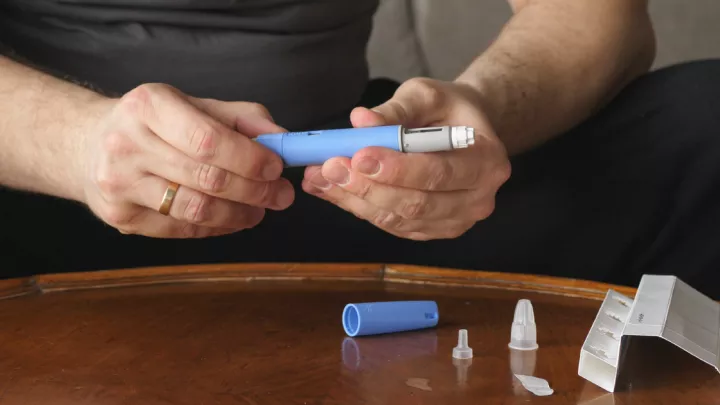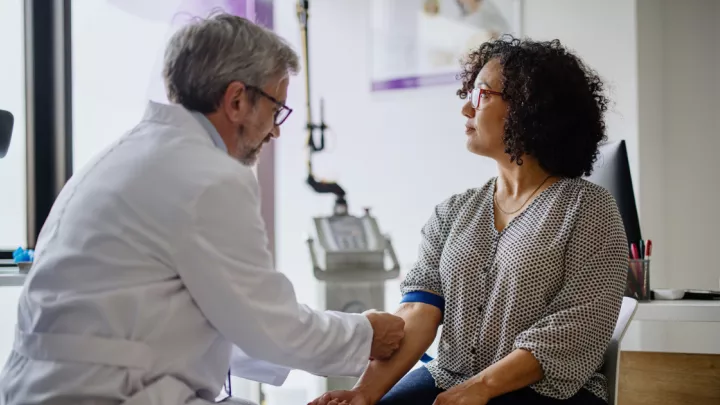What surgical options are available for a herniated disc?

A herniated disc can occur in any part of the spine, though most happen in the lower lumbar spine. In a herniation, the soft center of the spinal disc pushes through a crack in the outer layer and presses on nearby spinal nerves.
Patients with a herniated disc in the lower lumbar spine typically have low back pain that may progress to sciatic nerve pain, causing pain down their leg. Orthopaedic surgeon Emmett Gannon, MD, says the pain, numbness and tingling caused by herniated discs can significantly interfere with quality of life.
“This is a topic that is dear to me because I've experienced it,” says Dr. Gannon, who had a herniated disc that required surgery. “I am quite empathetic with patients because I've been through it myself, and nerve pain can be very limiting, not only for your physical health but also your mental health, because you aren't able to do a lot of things that you want to do.”
The good news is that around 90% of patients who have lower back and sciatic nerve pain can recover without surgery. For these patients, one or more of the following interventions are often tried:
- NSAID medications, like ibuprofen
- Oral steroids
- Physical therapy
- Steroid injections
When surgery is necessary
When nonoperative treatments fail to yield significant improvements within six weeks, surgical intervention may be required. The most common surgical procedure for a herniated disc is a microdiscectomy – about 90% of patients are suitable candidates for this minimally invasive procedure.
“Typically, this a small incision in the low back over the location where the disc is herniated,” Dr. Gannon explains. “We remove the fragment of disc that is already herniated and make sure there are no other loose fragments that may increase your chance of re-herniation.”
Microdiscectomy patients usually return home the same day and often feel better immediately, Dr. Gannon says.
“Most patients experience significant pain relief the day of surgery,” he says. “They may have some surgical site pain and maybe some residual pain down the leg, but most of the time it is significantly improved post-operatively.”
However, Dr. Gannon notes that if patients suffered symptoms for more than six to nine months before surgery, outcomes may be less promising, necessitating patience and perseverance in recovery.
Avoiding reinjury
Post-surgery, it’s crucial for patients to wait four to six weeks to return to normal activities to reduce the risk of re-herniation.
“They’re going to feel much better and may want to return to activities right away,” Dr. Gannon says. “But specifically, things like golfing, excessive twisting, raking the leaves, spring cleaning and moving heavy furniture should all be avoided for at least four to six weeks to prevent re-herniation.”
To avoid reinjuring the back in the long term, Dr. Gannnon advises patients to:
- Build core strength
- Improve flexibility
- Use proper form when lifting heavy objects
- Maintain a healthy BMI
- Avoid smoking
Call 800.922.0000 to schedule an appointment with our orthopaedic specialists.





